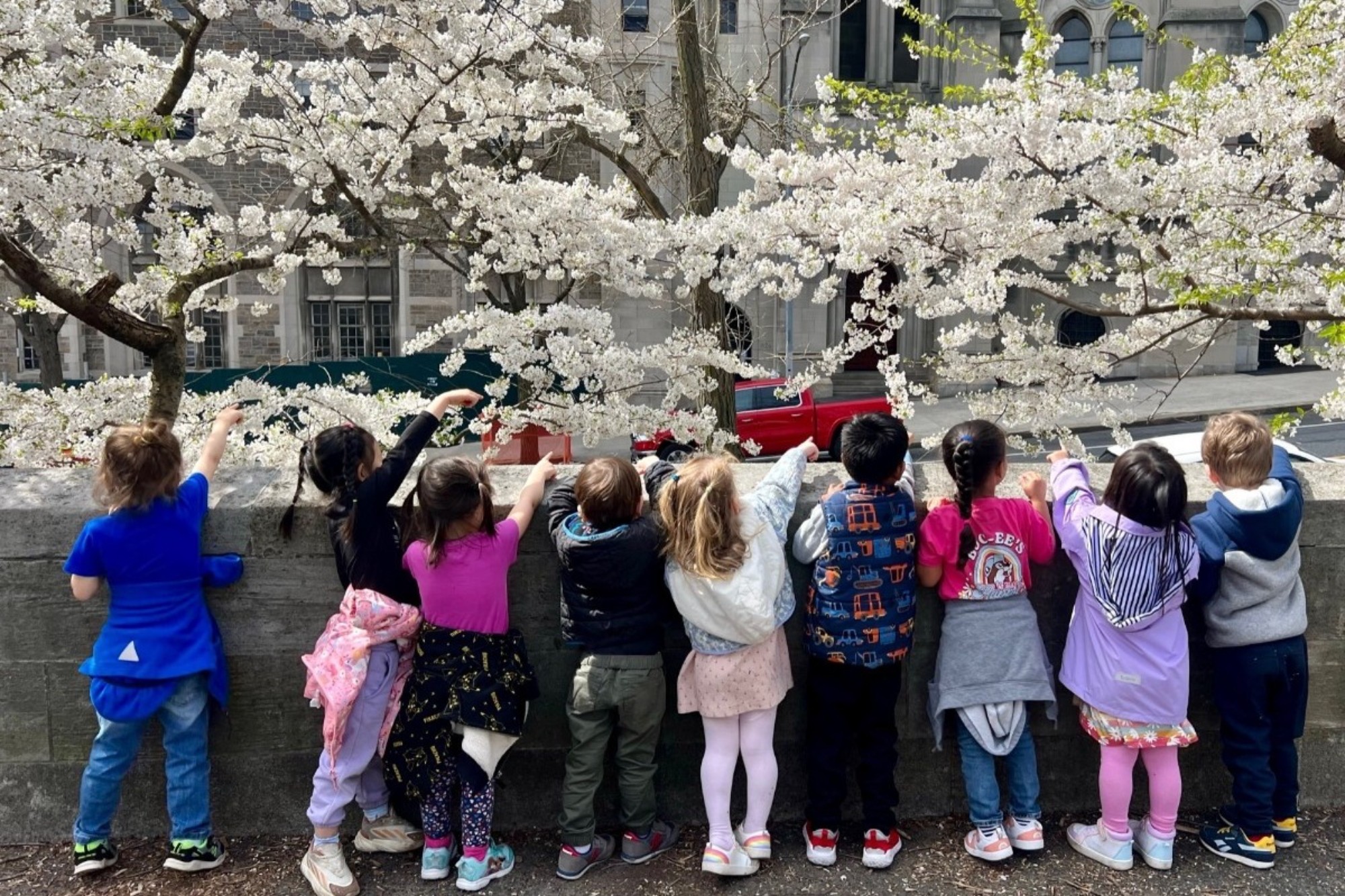As the weather gets warmer and sunny days become more frequent, children will spend more time outdoors, engaging with nature, from watching the trees bloom with foliage to looking forward to their next field trip to their local NYC park.
But did you know that outdoor time has more benefits than you might realize? Research shows that experiential learning, especially outdoors, promotes mental and physical wellness, heightened social awareness, and healthy cognitive development in early childhood.
“There's an energy shift that happens when you bring a group of children outside, and they have the opportunity to explore what's right in front of them,” shares Sarah Duer, Director of the Hollingworth Preschool. “Our teachers always encourage children to be attuned to what's around them and recognize the little details.”
We chatted with educators from TC’s Hollingworth Preschool to learn more.
1. Sustainability & Climate Change Awareness
As explained by Sarah Duer (M.A. ‘13 and Current Doctoral Student, Curriculum & Teaching) Director of Hollingworth Preschool
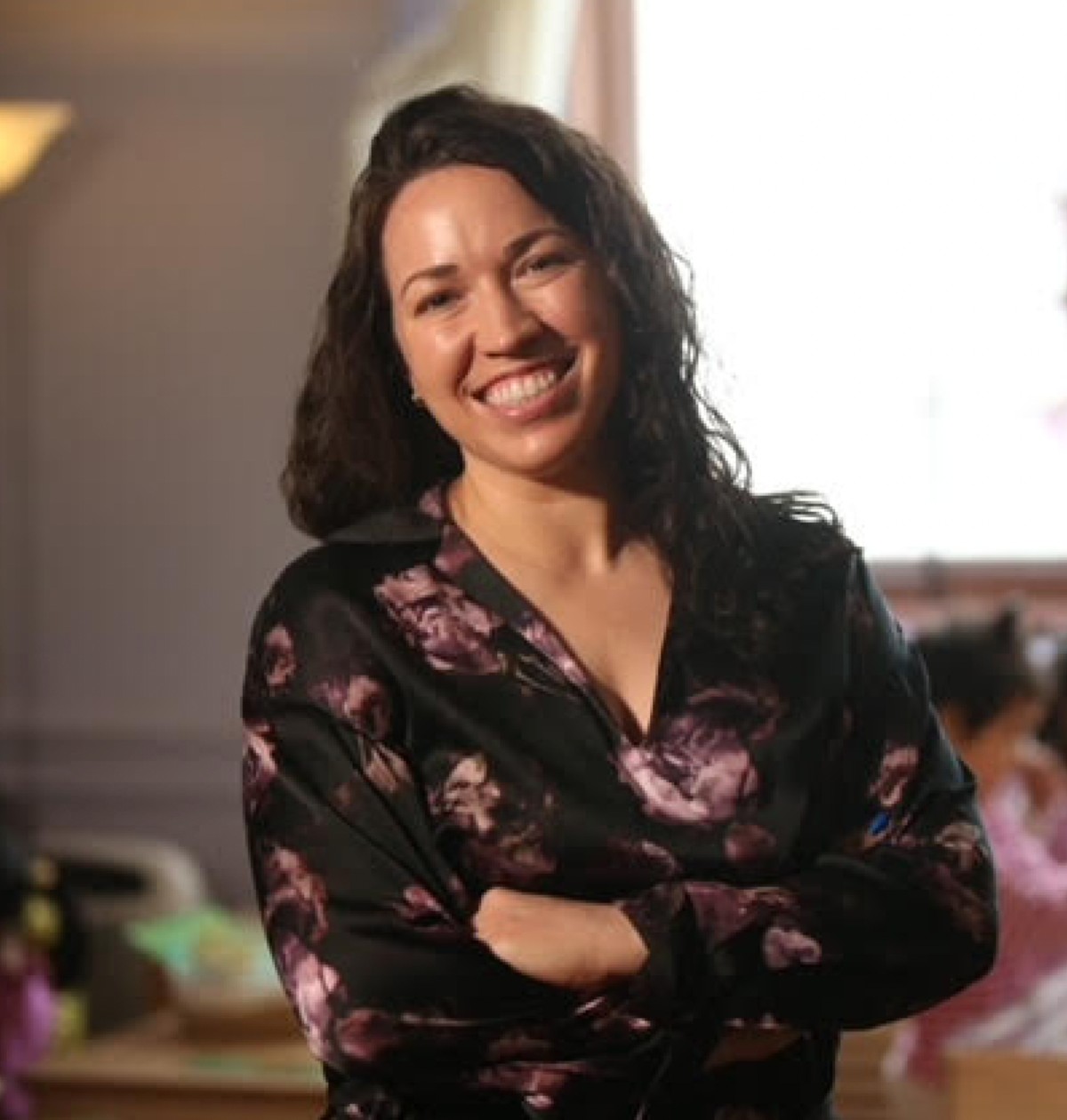
Why It Matters: “When surrounded by the busyness of the world around us, it’s easy to get distracted and overlook the issues that matter most. The same goes for children in the classroom. If we're not making time for children to get muddy and messy or observe a bumblebee lingering on a flower, we might not realize that, as educators, we are unintentionally pulling children away from feeling connected to the earth in a way that's going to shape how they take care of it in the future.”
How She Uses Experiential Learning in the Classroom: “At Hollingworth, we're always thinking about how our students can better understand how we work together towards mindful, sustainable practices and how they see themselves as active participants in our environment. That’s why we’re always cuing the children to be attuned to what's around them and to observe the little details. It’s one thing to be able to tell students that seeds sprout or that butterflies emerge from a chrysalis, but when a child sees it for themselves, it is empowering. We take every opportunity we have to join the children in cultivating a sense of wonder, like Rachel Carson says."
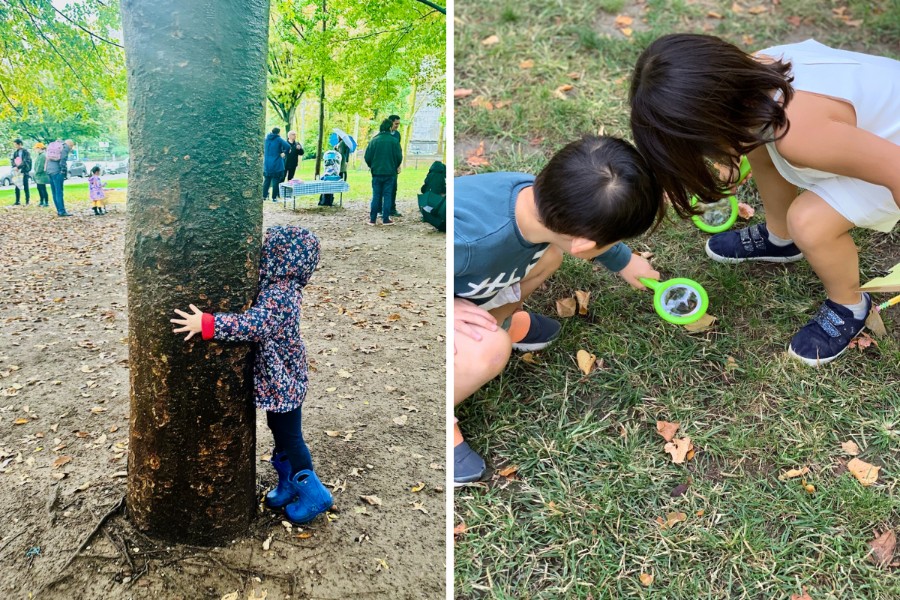
(Photo courtesy of Hollingworth Preschool.)
"Recently, we went on a virtual field trip to the SMR Recycling Facility in Brooklyn, and after that the teachers brought the children to see different compost drop-off sites, and then they made their own recycling sorting system in their classroom and in their play. We even had one child take a photo recycling his juice cap when he visited Costa Rica during the spring break.”
Learning Tip: “The best advice I can give is for parents to be present and meet their children in the moment. In October, we hosted an event called “Art in the Park.” Despite the heavy rain, parents still showed up for their children in rain gear, reaching into the trees to grab materials for their child’s artwork. I was struck by how willing families were to be present. As adults, we need to tap into our own sense of wonder, too! I think that one of the greatest highlights of my year was watching the eclipse with the Hollingworth community and sharing that awe and excitement with everyone. We really are so fortunate to be connected to one another and to this amazing planet.”
2. Building Cognitive Thinking & Development
As explained by Emily Kutz (M.A. ’23, Applied Linguistics), Head Teacher at Hollingworth Preschool
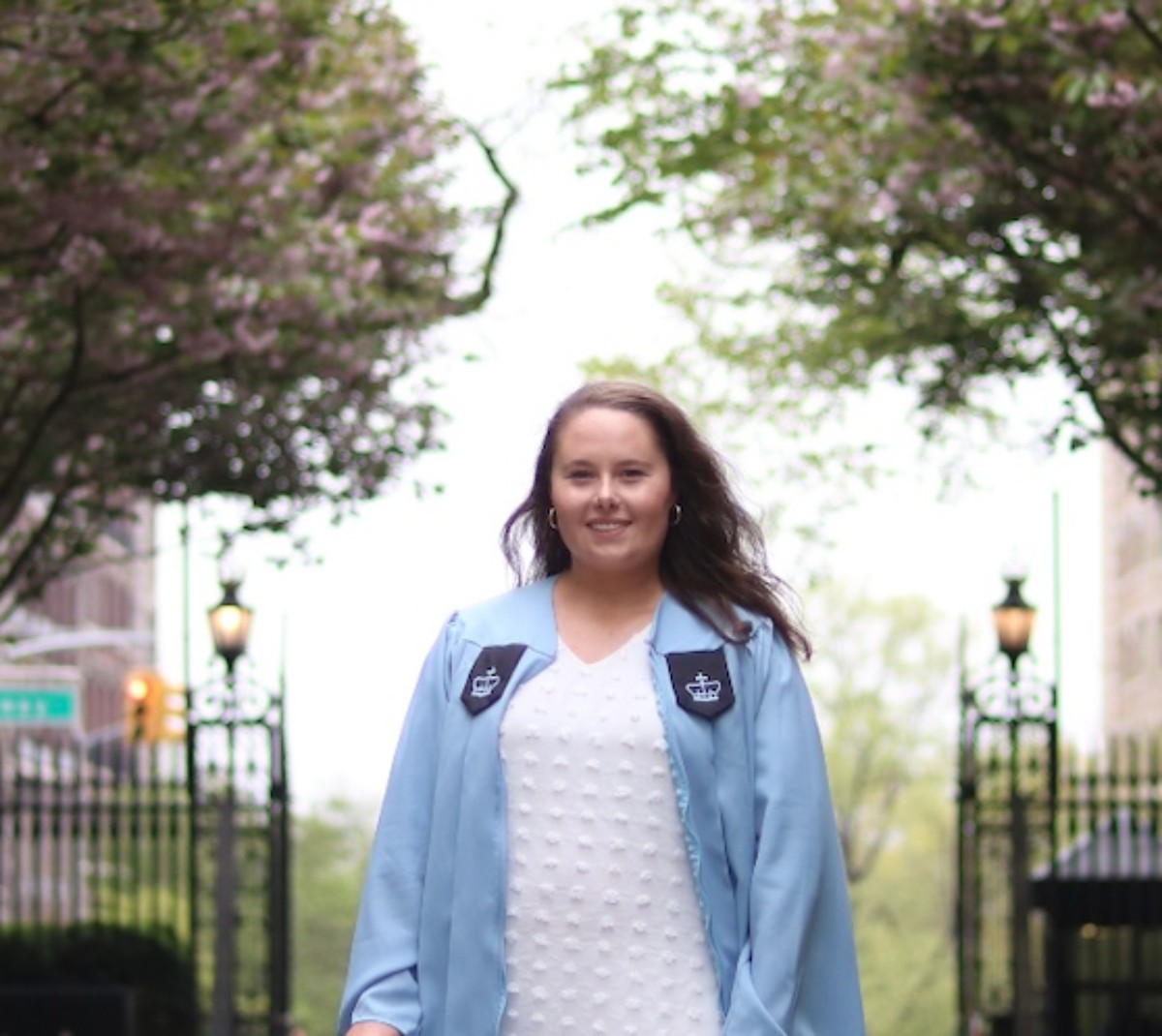
Why It Matters: “Experiential learning in early childhood education is critical to allowing learners to process systems, cycles and experiences of the world around them. When children can incorporate all of their senses into learning, their understanding is drastically improved. This is imperative in science learning, especially in learning about the natural world. When students can physically connect with their environment, they grow more appreciation and understanding and build critical thinking and reasoning.”
How She Uses Experiential Learning in the Classroom: “I find that learners, especially emergent bilinguals, have greater learning outcomes with experiential learning. It allows students to access information using multimodalities. For example, I taught the entire water cycle using process art. This art is not focused on a product but on the sensory and creation process leading up to it. By the end of the unit, my students could look at a cycle diagram and explain it using language without ever being explicitly taught it.”
(Photo courtesy of Hollingworth Preschool.)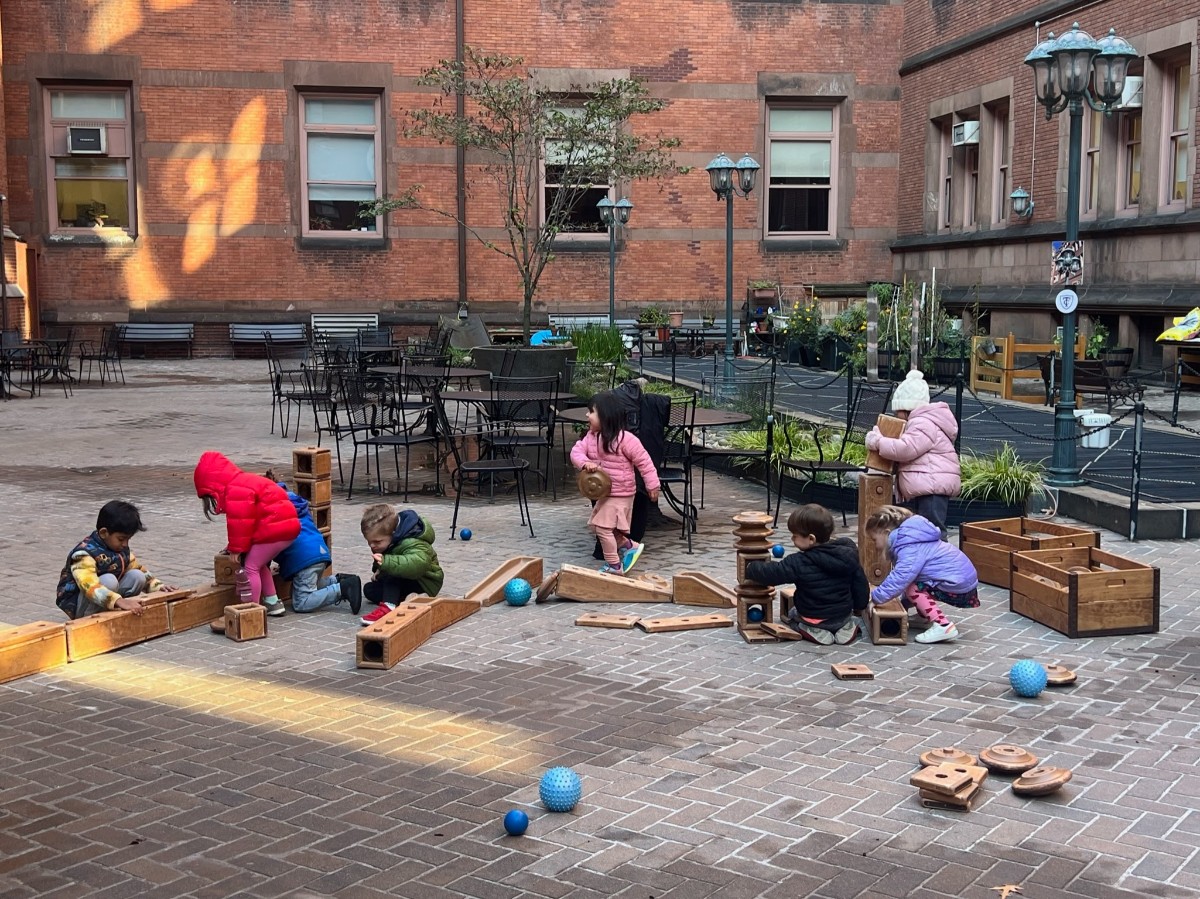
Learning tip: “I would encourage families to spend more time outdoors together. From parks to community gardens, children can gain the necessary exposure to the outdoors to develop an understanding of the earth and knowledge critical to building empathy for it. Literature in the home to further support this, along with artistic opportunities using multi-modalities, is excellent, too.”
3. Promotes Lifelong Learning & Understanding
As explained by Sophie Brotherton (M.A. ‘21, Early Childhood & Special Education), Head Teacher at Hollingworth Preschool

Why It Matters: “The objective of early childhood, preschool in particular, is to help young learners develop a lifelong love of learning. Experiential learning promotes this as it helps children make observations and inquiries in their daily lives. As a result, children find learning more exciting as it is relevant to their lived experiences.”
“Spending time outdoors also exposes children to the natural world, allowing them to connect with and appreciate the beauty of the environment. Furthermore, outdoor learning provides children with the opportunity to improve their socio-emotional skills as they interact with and collaborate with their peers. Outdoor play also encourages spontaneous interactions and fosters a sense of community and belonging.”
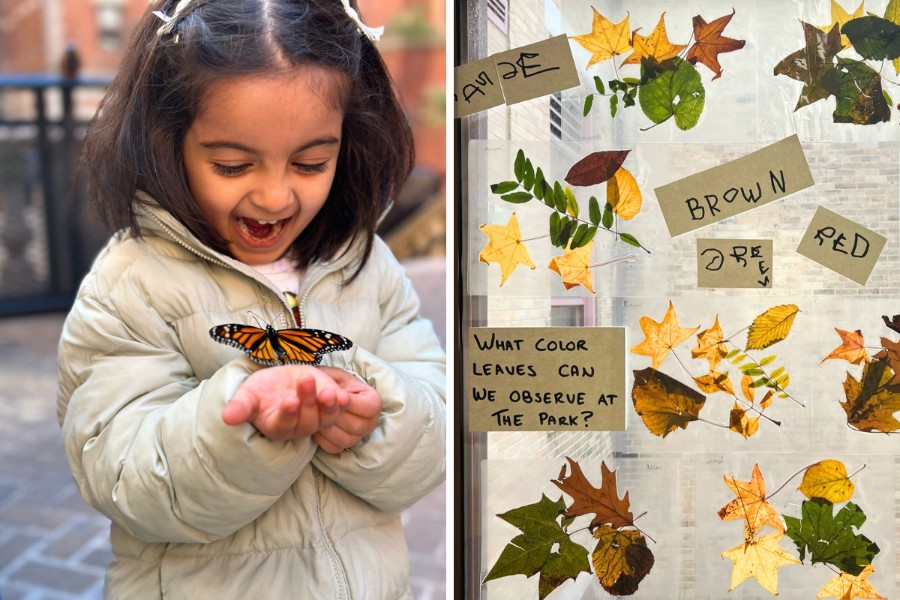
(Photo courtesy of Hollingworth Preschool.)
How She Uses Experiential Learning in the Classroom: “I have learned that children develop a far more meaningful and holistic understanding of the concepts we are studying through experiential learning. For the past two years, I have taught a unit on monarch butterflies to my students. The children are given the opportunity to feed the caterpillars milkweed and watch them go through their life cycle. To conclude the study, we release the butterflies in order for them to begin their migration south. Being able to have the live specimens in the classroom for the children to observe profoundly impacted the students' engagement and interest in the unit of study.”
Learning tip: “The best way to engage children is by regularly taking them outdoors and noticing what organically captures their interest. Ask them follow up questions about what they see and encourage them to make inferences and predictions about what they observe.”
